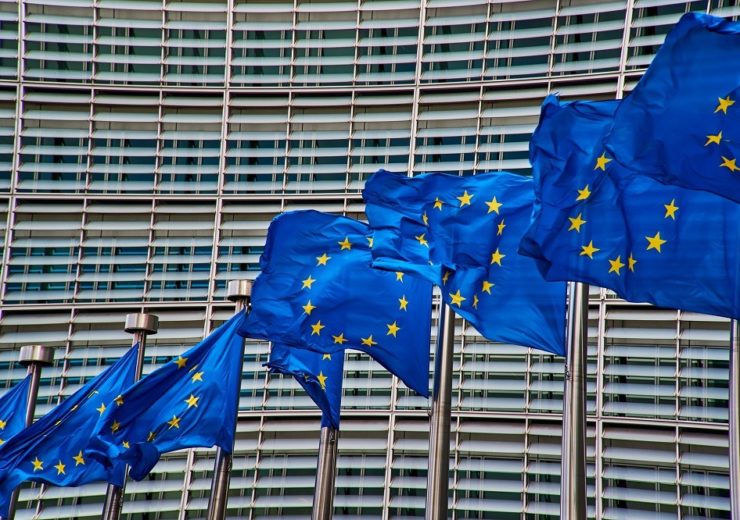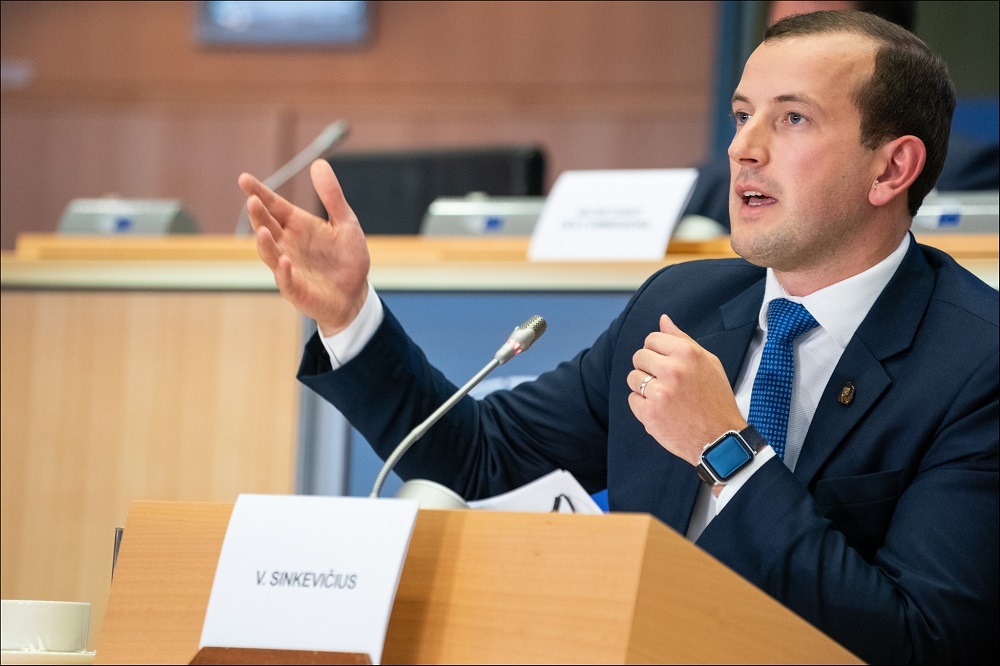The Circular Economy Action Plan aims to make sustainable products the norm within the European Union

The EU aims to be climate neutral by 2050 (Credit: Pixabay)
The European Commission has today (11 March) adopted the new Circular Economy Action Plan, one of the central elements of the trade bloc’s Green Deal.
It focuses on design and production for a circular economy, ensuring resources are kept in an ecosystem for as long as possible.
The plan and initiatives will be developed with the close involvement of businesses and stakeholders.
Green Deal executive vice-president Frans Timmermans said: “To achieve climate-neutrality by 2050, to preserve our natural environment, and to strengthen our economic competitiveness, requires a fully circular economy.
“Today, our economy is still mostly linear, with only 12% of secondary materials and resources being brought back into the economy.
“Many products break down too easily, cannot be reused, repaired or recycled, or are made for single-use only.
“There is a huge potential to be exploited both for businesses and consumers.
“With today’s plan, we launch action to transform the way products are made and empower consumers to make sustainable choices for their own benefit and that of the environment.”
What’s included as part of the Circular Economy Action Plan?
The action plan outlined by the commission aims to “make sustainable products the norm” in the European Union (EU).
As part of this work, it will propose sustainable product legislation, which looks to ensure all items placed on the EU market are designed to last longer, and are easier to reuse, repair and recycle.
The rules would restrict single-use products and ban the destruction of unsold durable goods.
Alongside this, the commission is looking to “empower consumers” by allowing them to make environmentally sustainable choices.

The action plan will also tackle overpackaging, setting out new mandatory requirements on what is allowed on the EU market.
Additionally, the commission will set out recycled content rules for plastic products, paying special attention to microplastics, as well as biodegradables.
The EU’s commissioner for the environment, oceans, and fisheries Virginijus Sinkevičius said: “We only have one planet earth, and yet by 2050 we will be consuming as if we had three.
“The new plan will make circularity the mainstream in our lives and speed up the green transition of our economy.
“We offer decisive action to change the top of the sustainability chain – product design.
“Future-oriented actions will create business and job opportunities, give new rights to European consumers, harness innovation and digitalisation and, just like nature, make sure that nothing is wasted.”
What’s the European Green Deal?
The Circular Economy Action Plan forms part of the European Green Deal, the trade bloc’s new agenda for sustainable growth.
Presented by the commission’s President Ursula von der Leyen in December 2019, it sets out the EU’s roadmap towards climate neutrality by 2050.
The strategy covers a range of sectors in the economy, including energy, agriculture and buildings – as well as businesses involved in steel, cement, ICT, textiles and chemicals.
As part of this work, the European Green Deal proposes an EU-wide separate waste collection system, alongside revisiting laws around waste shipments and illegal exports.
It’s also looking to develop requirements to ensure all items in its market are either reusable or recyclable by 2030.
